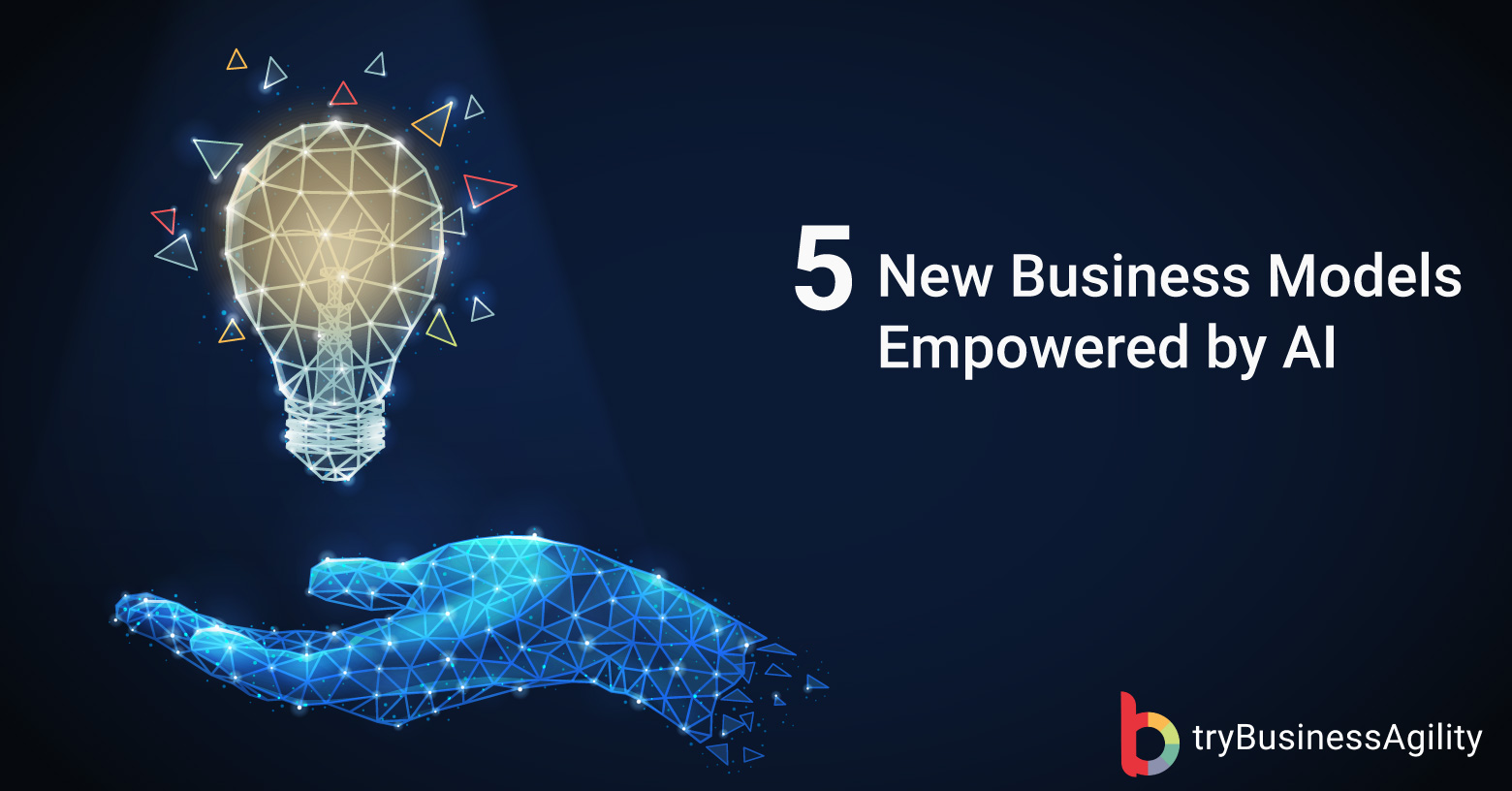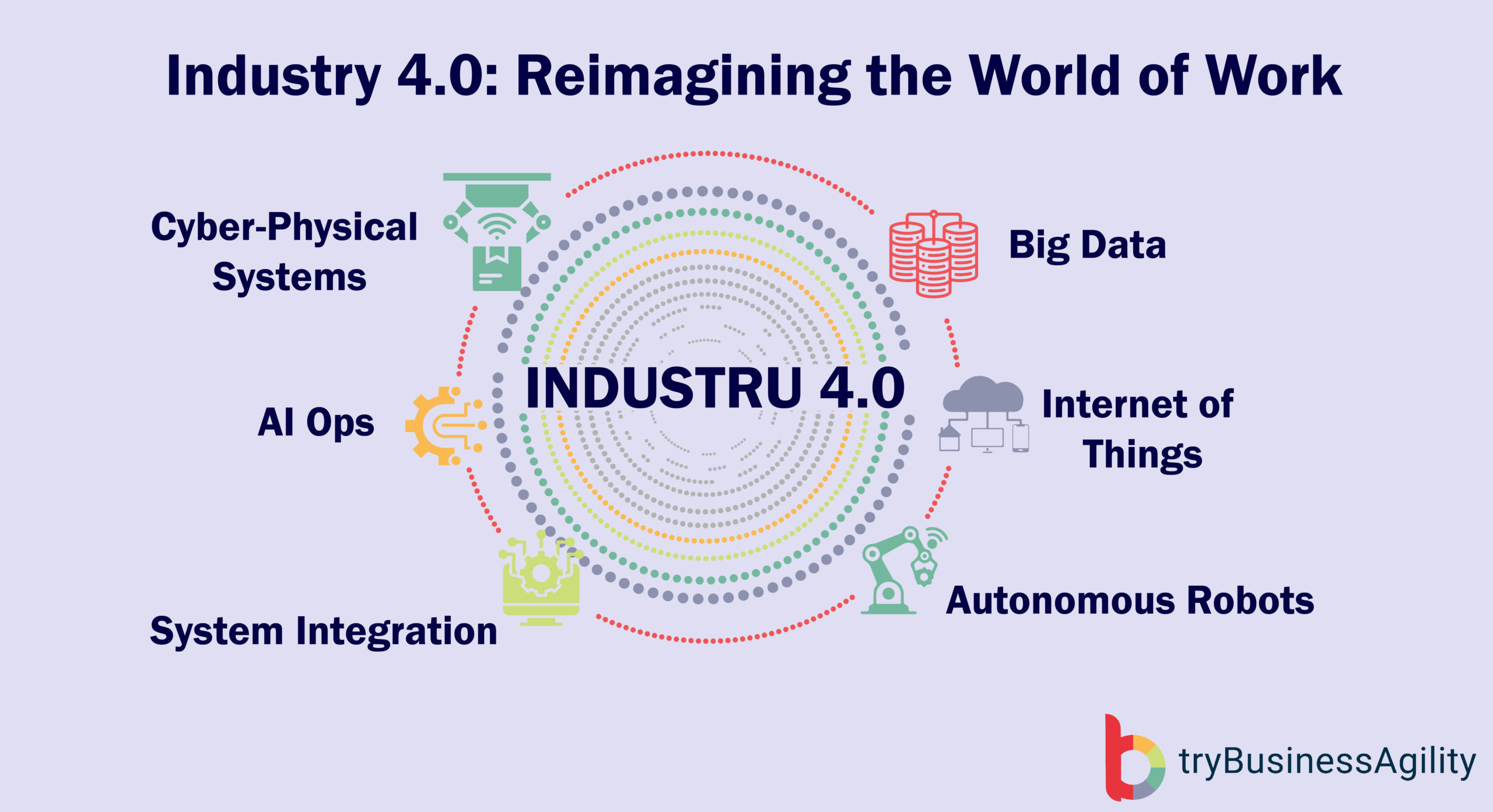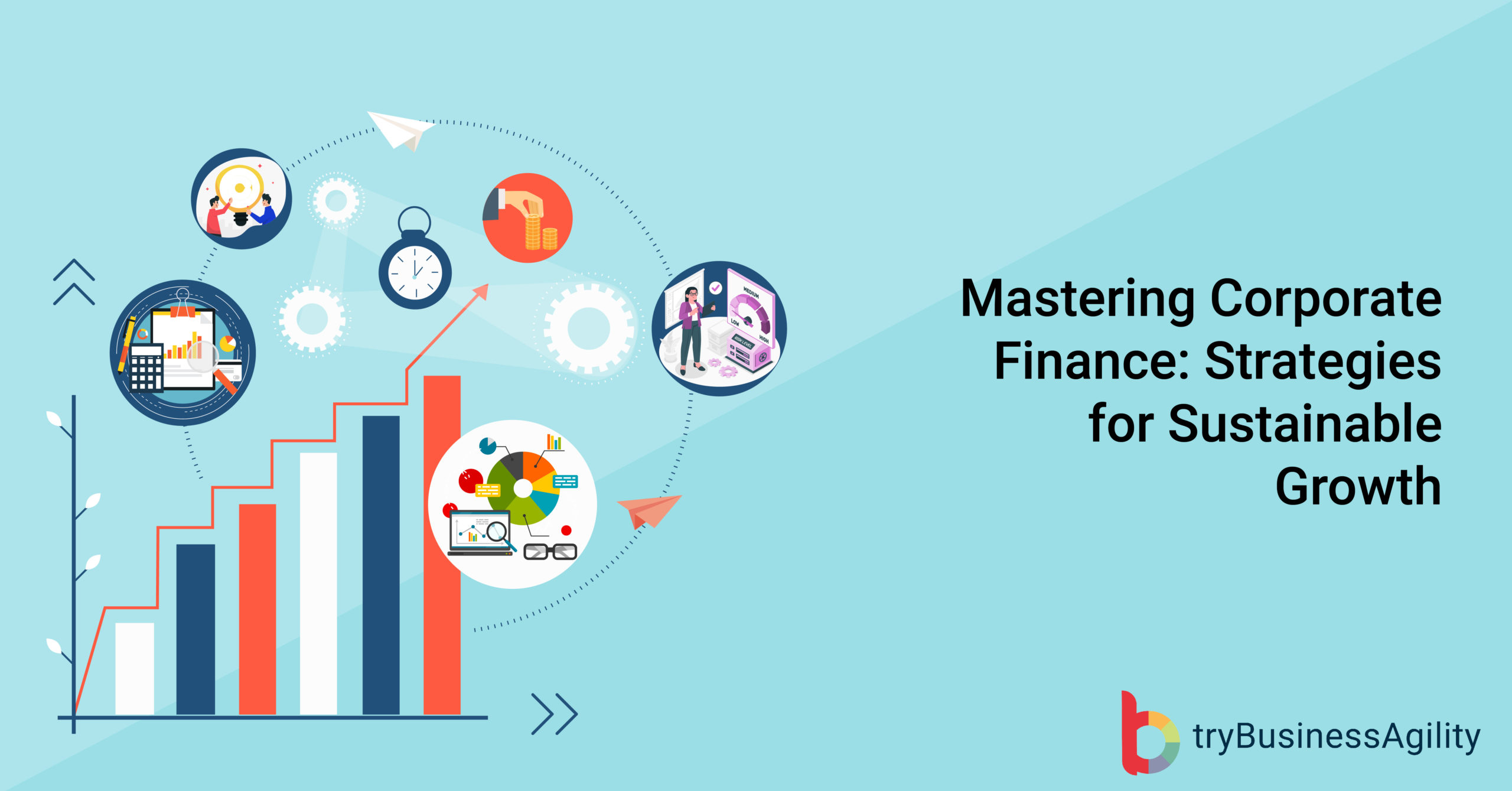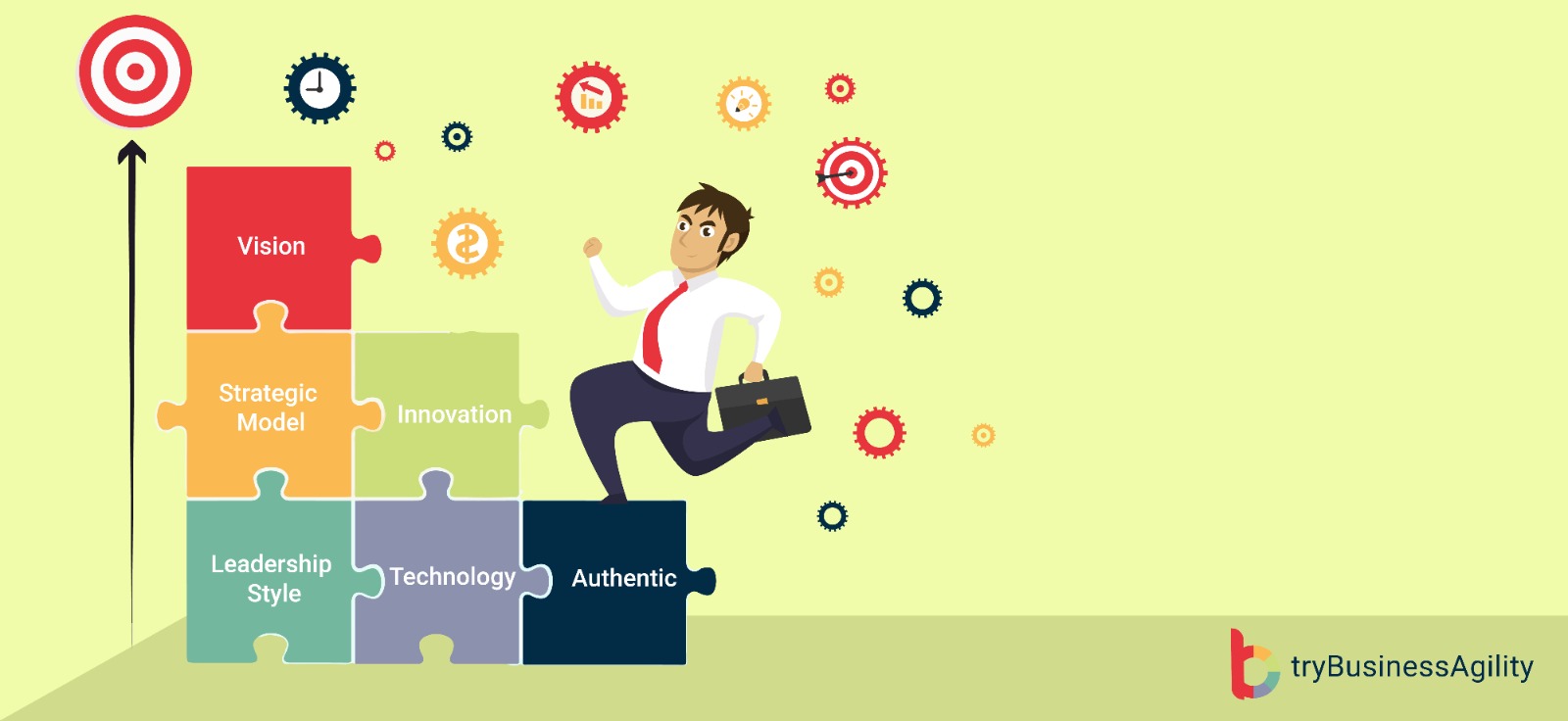Digital transformation is leveraging technology to optimise business operations, increase efficiency, and create new customer value. Yet, despite its potential benefits, many organisations still need to learn about digital transformation and how to approach it. In this article, we’ll explore some of the biggest myths about digital transformation and provide practical tips for overcoming them.
Myth #1: Digital Transformation is Only for Tech Companies
While technology companies may be early adopters of digital transformation, it’s not just for them. Digital transformation can benefit any organisation, regardless of industry or size. Companies in finance, healthcare, retail, and more can leverage technology to improve their operations and enhance customer experiences. For example, under Armour, an American sportswear company, introduced the concept of “Connected Fitness” by providing a platform to track, analyse and share personal health data directly to customers’ phones.
Myth #2: Digital Transformation is All About Technology
While technology is a critical component of digital transformation, it’s not the only factor. Digital transformation transforms how a business operates to create new customer value. This means changing processes, rethinking business models, and adopting a digital mindset.
Myth #3: Digital Transformation is a One-Time Event
Digital transformation is not a one-time event or project. It’s an ongoing process of continuous improvement that requires commitment and investment over time. Digital transformation involves changing how an organisation thinks and operates, which takes time and effort.
Myth #4: Digital Transformation is Expensive and Only for Big Companies
Digital transformation does require investment, but it doesn’t have to be expensive. There are many affordable technologies and tools available that can help organisations get started with digital transformation. Additionally, digital transformation is not just for big companies – small and medium-sized businesses can also benefit.
How to Overcome the Myths and Implement Digital Transformation
Digital transformation has been a buzzword for some time, but many myths still surround the concept. Here are some steps to help you overcome these myths and better understand digital transformation:
i. Understand What Digital Transformation is and isn’t:
Digital transformation is not just about implementing new technology or tools. Instead, it is about fundamentally changing how your organisation thinks, operates, culture, processes, and business methods to use digital technologies to drive innovation, growth and improved customer experiences.
ii. Educate Yourself and Your Team:
Educating yourself and your team on what digital transformation entails and what it takes to achieve success is essential. Attend webinars, read books and articles, and participate in online discussions.
iii. Create a Digital Transformation Roadmap:
A roadmap is essential for any digital transformation initiative. It outlines the goals, objectives, and timelines for your transformation efforts, the resources required and any potential roadblocks that may arise.
iv. Get Leadership Buy-in:
Digital transformation initiatives require significant investments of time, money, and resources. Therefore, getting buy-in from leadership is essential to ensure the initiative’s success.
v. Focus on Customer Needs:
Digital transformation is ultimately about providing better customer experiences. So, it’s essential to focus on customer needs, behaviours and preferences throughout the process.
vi. Use Data to Make Informed Decisions:
Data should inform your digital transformation strategy. Use analytics and insights to understand your customers better, identify areas for improvement, and track your progress over time. For example, Under Armour (Baltimore) immediately recognised a walking trend that started in Australia, allowing them to deploy localised marketing and distribution efforts before their competitors knew about it.
vii. Build an Agile and Adaptable Culture
Digital transformation is not a one-and-done process; it’s an ongoing journey. So, creating a culture of agility and adaptability within your organisation is crucial to ensure that you can quickly pivot and adjust as needed.
Conclusion
In conclusion, digital transformation is a complex process that requires a deep understanding of the concepts, goals, and technologies involved. By following these steps, you can overcome myths and misconceptions about digital transformation and help your organisation succeed in the digital age.
tryBusinessAgility, a flagship of tryScrum. Our mission is to discover, preserve and distribute knowledge and capabilities to enable the next generation of organisations to be capable and resilient.
Contact
Plot : 2, F1 - Studio, Nest Gaura, Sundaram Colony, Chennai - 600073
support@trybusinessagility.com
+91 9789490848
© 2025 Copyright trybusinessagility.com All Rights Reserved.








